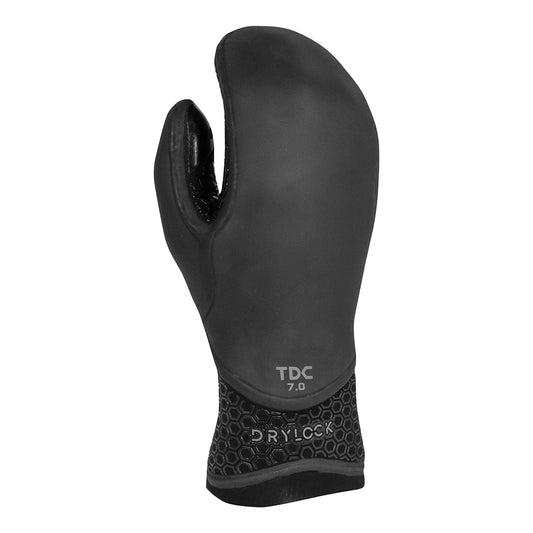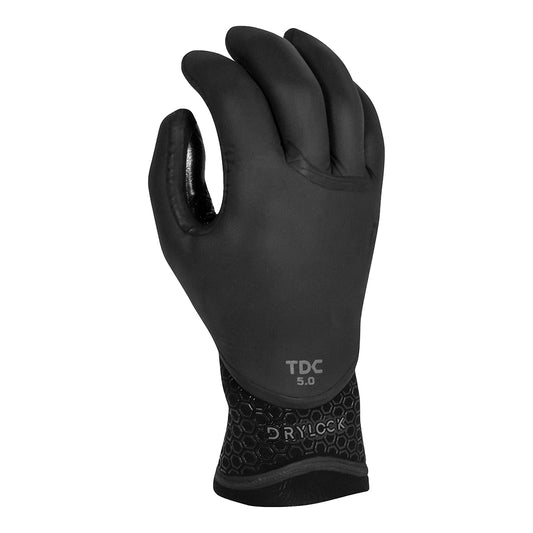
Eco-Initiatives
From greener product technologies to cleaner operations, Xcel constantly strives to minimize our environmental impact.
-

Xcel and Ocena
Read MoreOCENA® is a commitment to sustainability and environmental stewardship. Crafted from renewable materials like FSC certified natural rubber, oyster shell powder, and plant-base oil, OCENA® rubber is the most sustainable alternative to synthetic rubber, while continuing to provide top-notch performance.
-
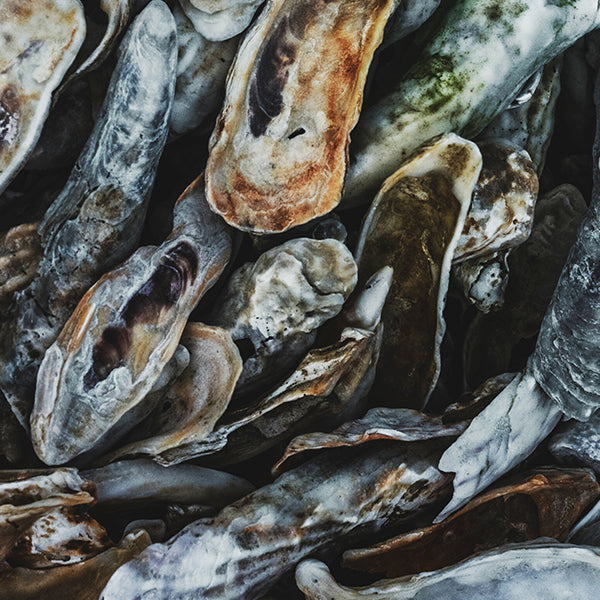
Oyster Shell in Neoprene
We now use recycled oyster shells in place of using calcium carbonate in our neoprene production.
-
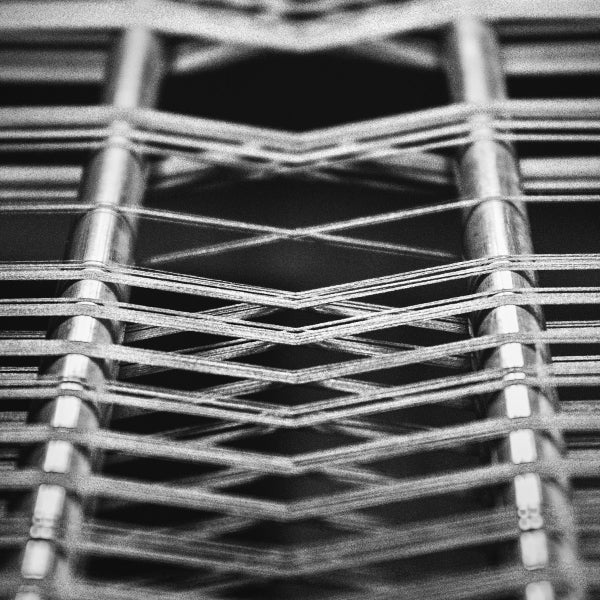
Dope-dyed Yarn
Dope-dying infuses dye pigments into a molten plastic solution to produce colored yarns without the dyeing process. This saves tremendous amounts of water while reducing energy consumption and water pollution.
-
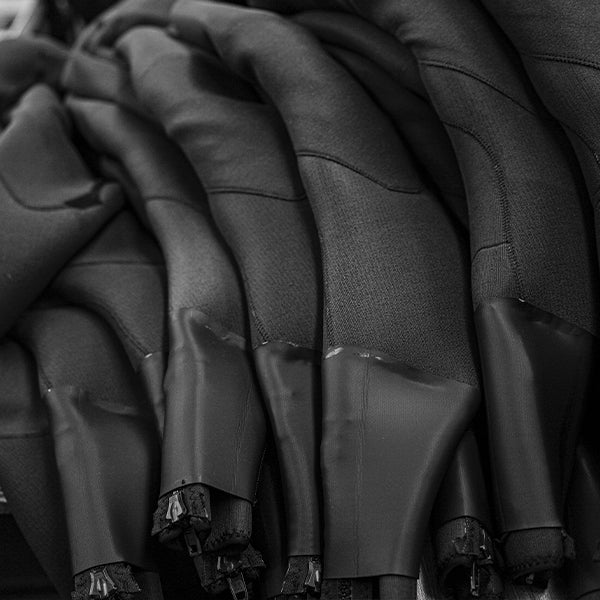
PAHs Minimized Formulation
Xcel uses neoprene rubber foam formulated to eliminate nearly all of the polycyclic aromatic hydrocarbon (PAHs) substances.
-
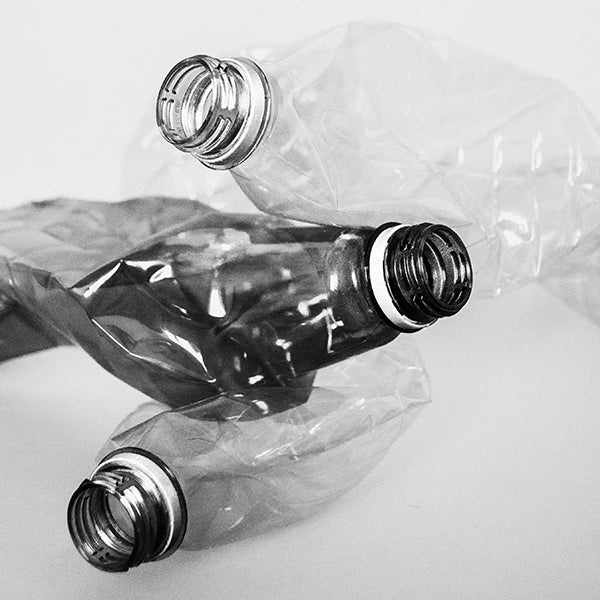
Recycled Polyester
A wide selection of Xcel’s fabrics are knitted with polyester yarns made from recycled plastic bottles. This helps reduce waste and material consumption at the same time.
-

Neoprene Recycling Process
Xcel recycles as much neoprene production waste as possible, turning it into qualified production, thus minimizing the waste that goes to landfills.
-
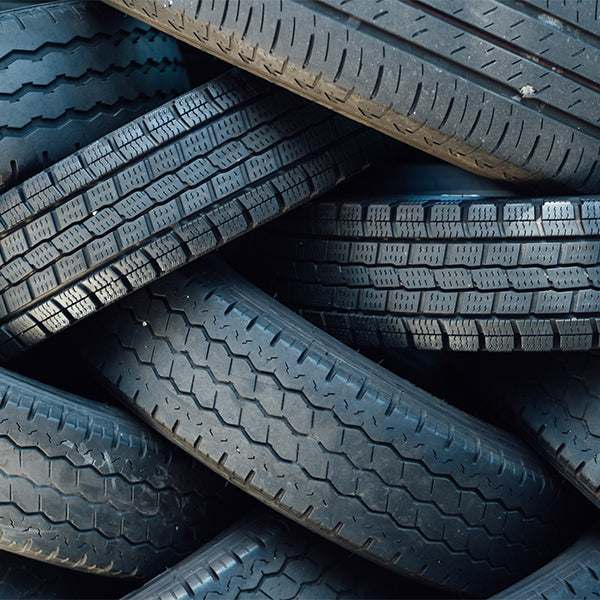
Eco Carbon Black
Carbon Black, one of the key ingredients of neoprene, can now be pyrolyzed from scrap rubber tires. This significantly reduces energy consumption and cuts CO2 emission by 200g per wetsuit.
-

Water-based Glue
Xcel turned solvent-based laminating glue into water-based glue, eliminating harmful, volatile organic compounds (VOCs).

Eco Collection
-
Men's Drylock Round Toe Boot 3mm
4.2 / 5.0
(12) 12 total reviews
Regular price $75.96 USDRegular priceUnit price / per$94.95 USDSale price $75.96 USDSale -
Men's Drylock Round Toe Boot 7mm
4.6 / 5.0
(10) 10 total reviews
Regular price $83.96 USDRegular priceUnit price / per$104.95 USDSale price $83.96 USDSale -
Men's Drylock Split Toe Boot 5mm
5.0 / 5.0
(7) 7 total reviews
Regular price $79.96 USDRegular priceUnit price / per$99.95 USDSale price $79.96 USDSale -
Men's Infiniti Split Toe Reef Boot 1mm
3.9 / 5.0
(10) 10 total reviews
Regular price $64.95 USDRegular priceUnit price / per -
Men's Drylock Round Toe Boot 5mm
4.8 / 5.0
(4) 4 total reviews
Regular price $79.96 USDRegular priceUnit price / per$99.95 USDSale price $79.96 USDSale -
Men's Drylock Texture Skin Mitten 7mm
4.7 / 5.0
(6) 6 total reviews
Regular price $71.96 USDRegular priceUnit price / per$89.95 USDSale price $71.96 USDSale -
Men's Drylock Texture Skin 5 Finger Glove 5mm
3.8 / 5.0
(4) 4 total reviews
Regular price $71.96 USDRegular priceUnit price / per$89.95 USDSale price $71.96 USDSale -
Men's Drylock Texture Skin 3 Finger Glove 5mm
5.0 / 5.0
(1) 1 total reviews
Regular price $67.96 USDRegular priceUnit price / per$84.95 USDSale price $67.96 USDSale














